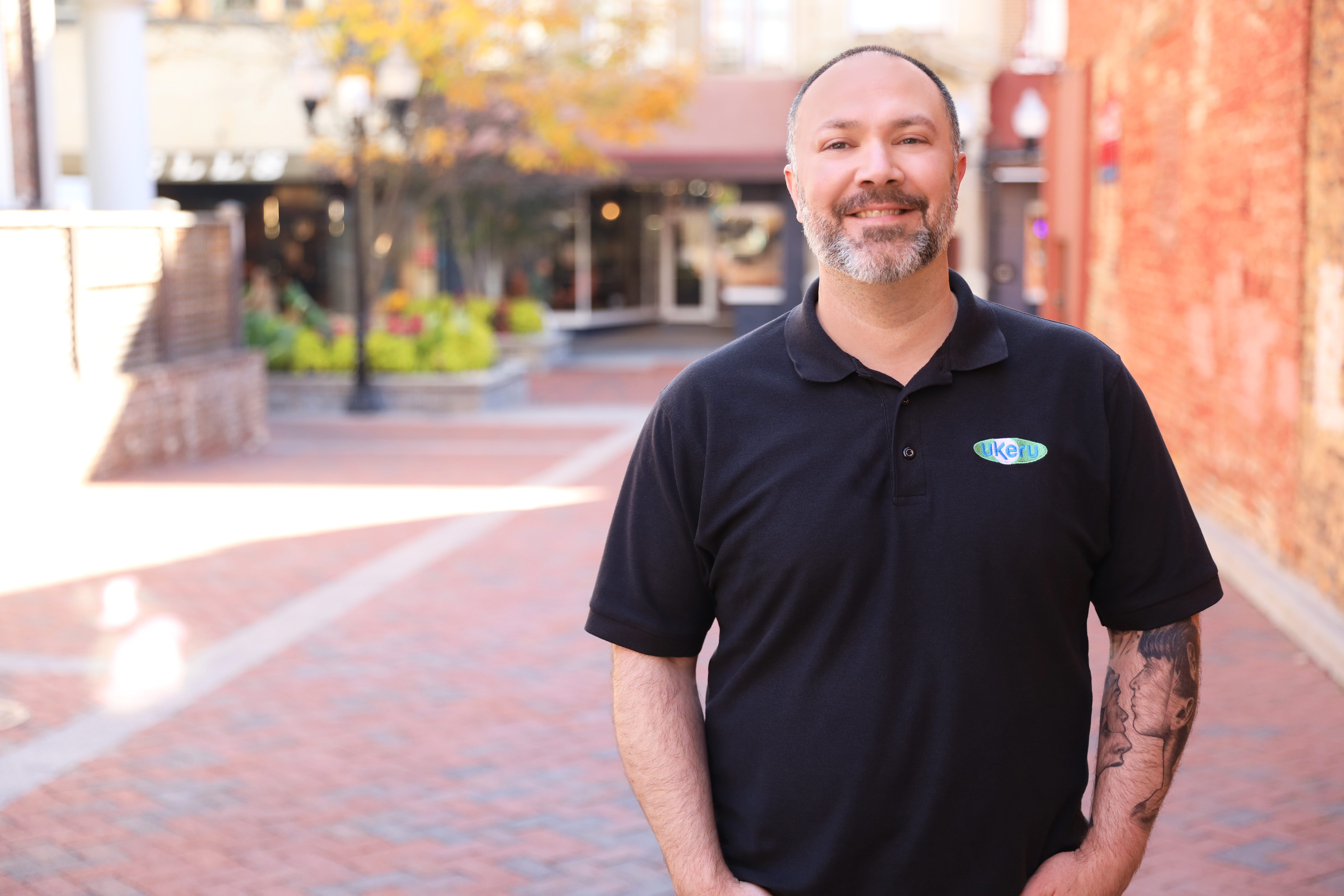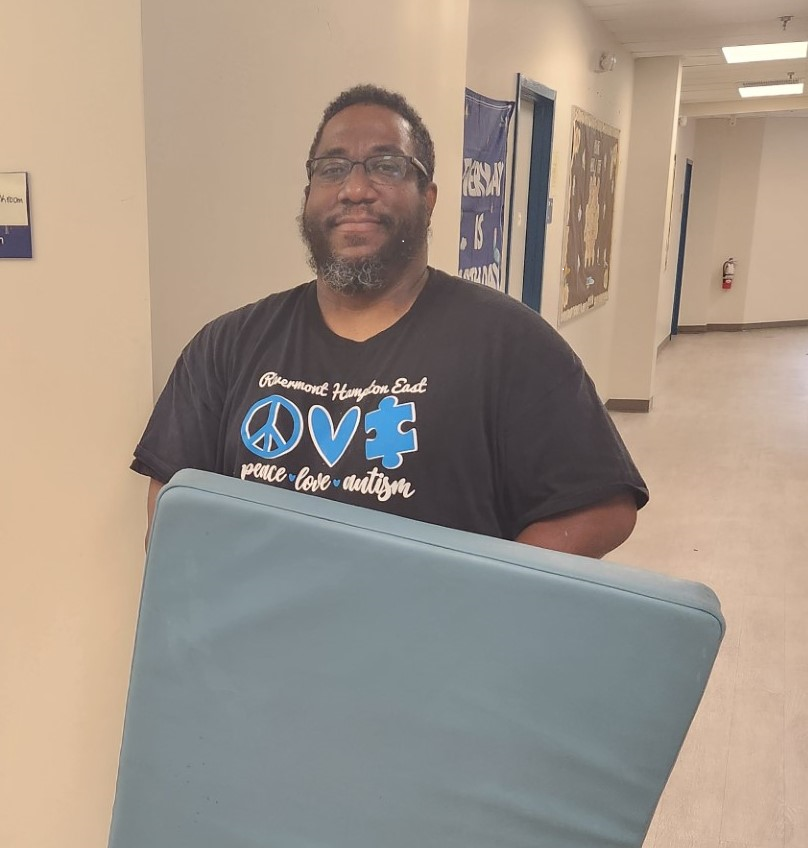
By Christopher Feltner, Training and Performance Architect
In the first two parts of this blog series, we looked at the concept of “Self-Fulfilling Prophecy” and how it plays out in our work. This final part will focus on something I have heard many times and will continue to hear: “We’ll never be able to get rid of restraint.”
When collaborating in the development of Ukeru, I researched to find the earliest example of when the use of physical restraint was used. The earliest I could find is the 1300s in Greece. In a document from that period, physical restraint was stated as proper treatment when dealing with the “mentally insane.” We are now in 2022, and physical restraint is still widely used in multiple settings. Most of the settings using physical restraint techniques are not serving what 1300s Greece would consider “mentally insane.”
How did physical restraint gain such a stronghold in academic, residential and hospital settings? It has everything to do with the ground covered in the first two parts of these Self-Fulfilling Prophecy blogs and can be traced to the two reasons identified at our parent organization when leadership was trying to figure out why restraint was so commonly used: Fear and/or Frustration.
Statistically, younger/smaller children are placed in physical restraint considerably more than older/larger children and adults. Is this because they are so much more dangerous, or is it because it’s easier to physically contain a small child? When most people are offered the idea of using something other than physical restraint to deal with aggressive situations, they always bring up an example of a large (typically over 6’ foot tall and over 200 lbs) individual. I have never had someone argue for use of restraint by giving an example of a young, short and light child. Why is this?
There is a lot of ground that can be covered by digging further into this, but that’s not the purpose of this blog. If you are reading this and have the same belief that your school/organization/facility will never be able to get rid of physical restraint, then I challenge you to ask yourself two questions:
Why won’t we be able to stop using restraint?
and
What would it take to stop using restraint?
Answering the first question is most revealing. If we hold this belief that restraint will always be needed, then this alone will guarantee that it will always be used. Notice I wrote “used” versus “needed;” the self-fulfilling prophecy. Often, the greatest barrier to eliminating restraint use happens well before we get into the challenges associated with staffing, engagement, student/resident/client aggression. It starts with the belief that it will never get better than this.
If you get past the first question and are willing to think critically on the second, then that’s where hope and growth begins! What would it take? First, eliminating physical restraint, seclusion and other physically or relationally restrictive approaches is the goal, but there’s a multi-tier goal between now and then, reduction in these practices.
It is our obligation, regardless of what role held in our field, to strive for improved physical and emotional safety for both staff and those served. This is where healing starts; this is where learning begins; this is treatment. While this is not an easy task, it is a crucial one. When working with traumatized people, we owe it to them to come in with the right mindset and a kind approach. Build them up versus tearing them down.




